Connie’s Real Authentic Italian Meatballs
I learned how to make real Italian meatballs from Connie, the warm, no-nonsense Italian mom of a close family friend. From the first time I tasted hers—tender, rich, and full of flavor—I knew I’d never go back to the dry, dense versions I grew up with.
Connie didn’t use exact measurements or fancy techniques. She cooked by feel, by instinct, and by love. Her meatballs came together with simple ingredients: good ground meat, breadcrumbs soaked in milk, grated cheese, garlic, fresh herbs, and always a light touch when mixing.
She stressed not to overwork the meat and always browned the meatballs gently before simmering them in sauce. Watching her cook felt like stepping into an Italian kitchen from another time, where food meant family, tradition, and joy.
In this post, I’m sharing Connie’s recipe as she taught it to me—nothing trendy, nothing complicated, just pure Italian comfort food. Whether you serve them over pasta, tuck them into a sandwich, or enjoy them straight from the pot with a fork, these meatballs never disappoint.
If you’ve been searching for that old-school, made-with-love taste, this is the real thing. Let’s make meatballs like Connie—authentic, simple, and unforgettable.
Is It the Best Meatball Recipe?
I think Connie’s meatballs are among the best I’ve ever enjoyed. Like mashed potatoes, I’m sure how your mom makes them is going to be the best, but these are really good.
It depends on where you are from since I expect your favorite meatball recipe will likely be influenced by geography. Even in Italy, I imagine meatballs from the north will have different ingredients and flavors than those from the south.
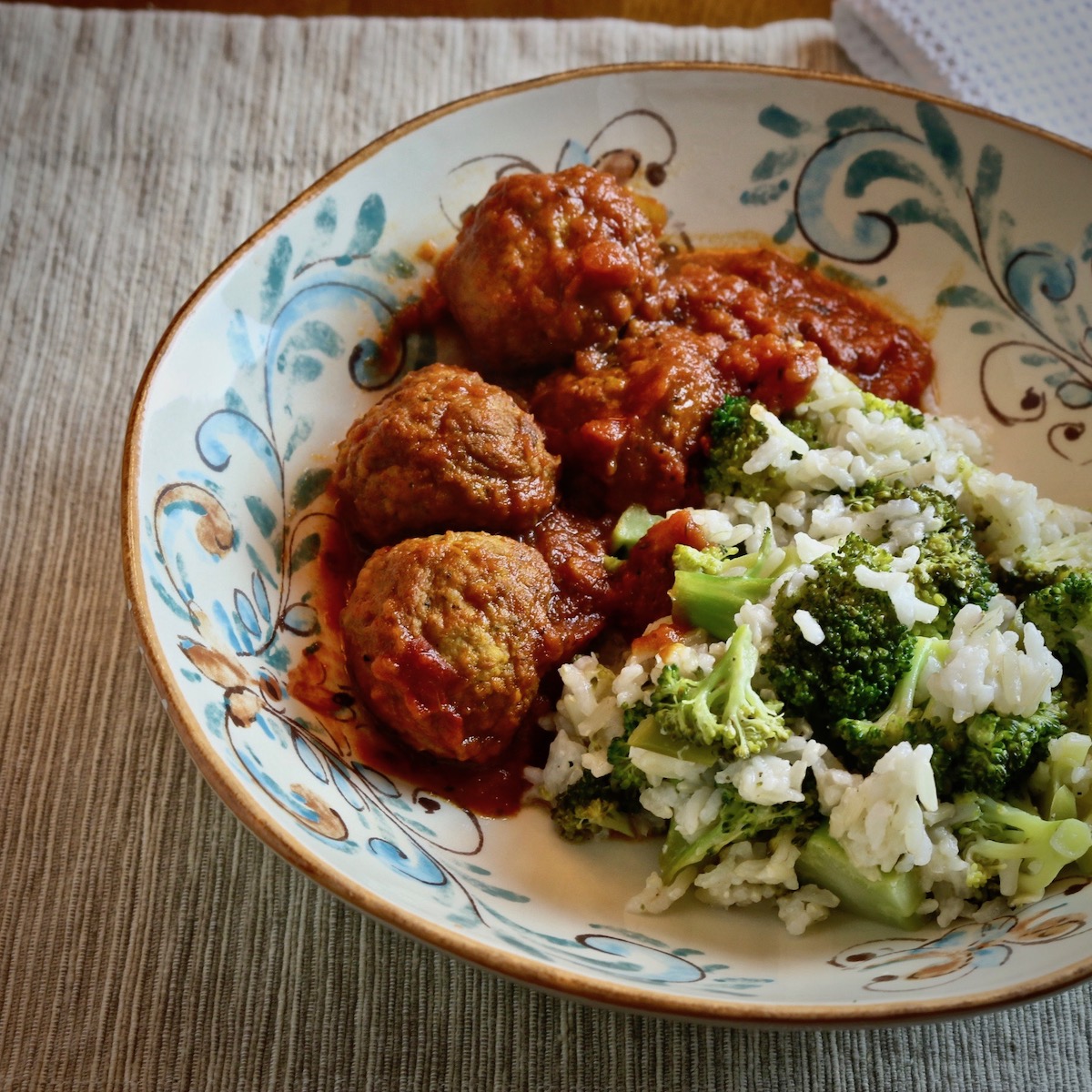
A Little Meatball History
I bet you think meatballs must come from Italy—at least, that’s what I’ve always thought. However, after some research on the Internet, I found conflicting stories about where meatballs originated.
One site claimed they originated in Persia, where they were prepared with leftover meat and called “kafta.” These meatballs were made from ground beef, pork, chicken, or lamb and combined with bulgur or mashed lentils.
Then there is an excellent article in The Atlantic called Not Your Grandmother’s Meatball that explains that meatballs originated in Italy during the Roman Empire. This comes from a collection of old recipes called “Apicius” dating back to the 4th or 5th century. They are called polpettes in Italy and range from marbles (polpettines) to 1-3/4 inch diameter.
A Meatball By Another Name
Whether meatballs originated in Italy or Persia, you’ll find them in just about every culture and called by a variety of names. Think about it. You have extra beef or veal or chicken, so what do you do? Grind it up, add some additional ingredients, a few herbs and spices, and voila, you will have a meatball. Here are some variations of meatballs from other countries.
- Italy – polpettes
- Denmark – frikadeller
- Sweden – köttbullar
- Germany – Königsberger klopse
- China – wanzi or lion’s heads
- Russian – tefteli
- Spain – albondigas
- South Africa – skilpedjies
- Netherlands – bitterballen
- France – boulettes de viandes
Chef's Tips For Making Meatballs You May Never Heard Of
Here are some of the “secret” techniques professional chefs often use for making exceptional meatballs—many of which rarely make it into casual home recipes:
Use a Panade
Soak breadcrumbs in milk (or water) to create a panade. This keeps meatballs moist and tender instead of dry and tough. A panade is a mixture of breadcrumbs (or another starch) and liquid, like milk or water, used to keep meatballs tender and moist.Mix Gently and Quickly
Overmixing the meat compacts the proteins and makes meatballs dense. Mix just until combined using your hands or a fork.Combine Meats for Flavor
Many chefs blend beef, pork, and sometimes veal for depth of flavor and ideal fat content.Grate Onions Instead of Chopping
Grated onion distributes evenly and adds moisture. No large chunks or raw bites.Add Parmesan or Pecorino to the Mix
Hard cheese adds umami, saltiness, and a savory depth without overpowering.Test a Small Piece First
Cook a mini meatball or a spoonful of mix to taste and adjust seasoning before forming the whole batch.Use Damp Hands for Shaping
Wet hands prevent sticking and help you shape smoother, lighter meatballs.Bake or Pan-Sear Before Simmering
This step locks in flavor and structure before adding them to the sauce.Simmer in Sauce—Don’t Boil
A gentle simmer allows flavors to meld and prevents breaking or drying out.Let Them Rest
Rest cooked meatballs in the sauce for at least 15–30 minutes before serving to deepen the flavor.
Real Italian Meatballs
Ingredients
- ½ pound ground beef
- ½ pound ground veal
- ½ pound ground pork
- 1 handful Italian parsley chopped
- 3 eggs
- 1 pound mozzarella cheese grated
- 2 cups milk whole
- 5 slices Italian bread stale, without crusts and cubed
- 8 ounces ricotta cheese
- 5 tablespoons parmesan cheese heaping tablespoons, grated
- olive oil for frying the meatballs
- 1 onion stuck with cloves
- Italian sausage optional
- ¾ cup red wine for deglazing pan
- 6 ounces tomato paste
- 3- 28 ounce cans crushed tomatoes
- 1- 28 ounce can whole tomatoes with juice
- salt and pepper to taste
Instructions
- In a large bowl, mix chopped meats, mozzarella, ricotta, and some salt. Set aside.
- Soak bread in the milk, then squeeze out the milk, combine with parsley, garlic and eggs.
- Spoon parmesan into bread mixture and add mixture to the chopped meat combo.
- Shape combined mixture into meatballs (add water to hands when shaping to avoid sticking) and fry in olive oil along with sweet Italian sausages (if desired) and an onion stuck with cloves.
- While frying, be sure the meatballs get a crispy “coat” to prevent them from breaking apart.
- Remove the meatballs and sausages if using, deglaze the pan with ¾ cup red wine.
- Add a can of tomato paste and cook and stir until it is an even color.
- Then add 6 ounces of water, stir, and add the mixture to a large sauce pot.
- Open 3 large cans crushed tomatoes and 1 large can whole tomatoes with juice, add to the sauce pot, rinse cans with a little water and add to pot along with salt and pepper to taste.
- Add the fried meatballs and sausages and simmer until done, about 60 to 90 minutes.
Notes
Spaghetti and Meatballs
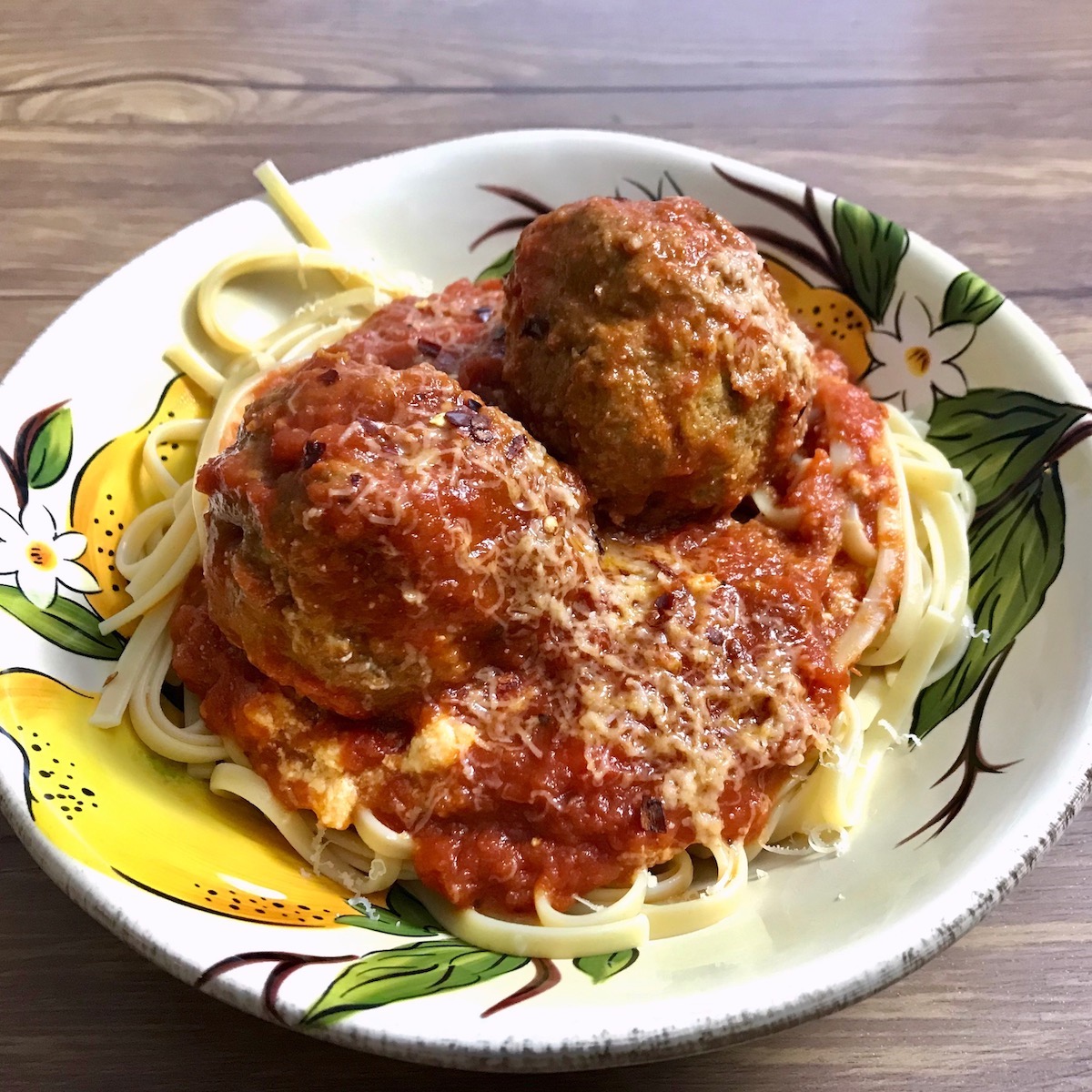
In America, when you think of meatballs, you most likely associate them with spaghetti. Right? Spaghetti and Meatballs.
This may be true in the United States, but most restaurants don’t serve meatballs with pasta in Italy. Spaghetti and meatballs is an American invention.
In Italy, meatballs are considered more “peasant” food and reserved for home cooking. Italians eat multiple courses, with pasta being the first course, followed up by a meat course, which could include meatballs.
It is most likely that Italian immigrants brought meatballs to America during the “late 19th and early 20th centuries.” These immigrants didn’t have much money, so they made their own meatballs with cheaper cuts of beef, combined them with inexpensive spaghetti, and made a sauce from imported canned tomatoes.
Over the years, meatballs have evolved into many variations depending on where you come from and what ingredients you have on hand. You can find them fresh at high-end markets or frozen in the freezer island at your local supermarket.
Connie’s meatballs do take a little time to make, but I’m sure once you’ve tried them, you’ll say they were worth the effort.

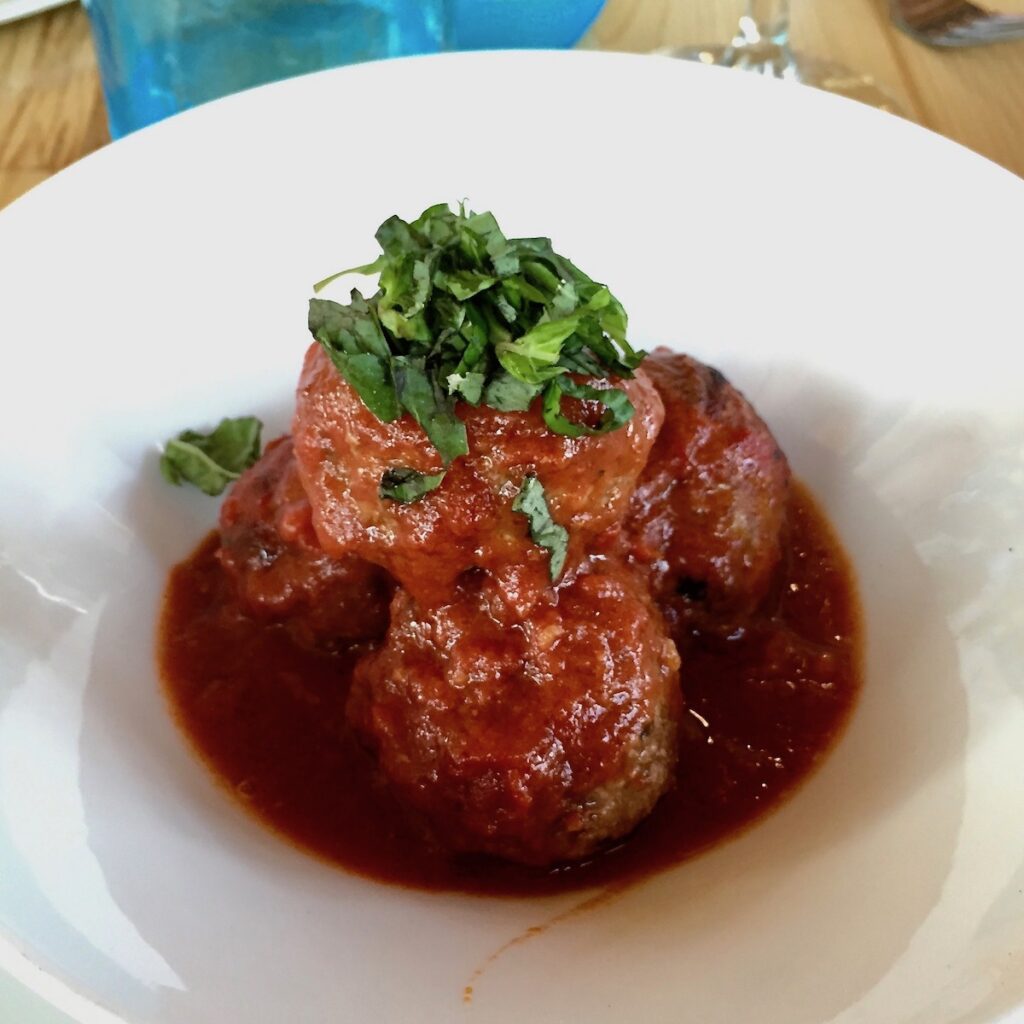



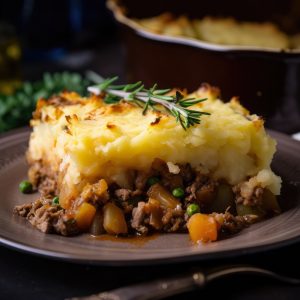
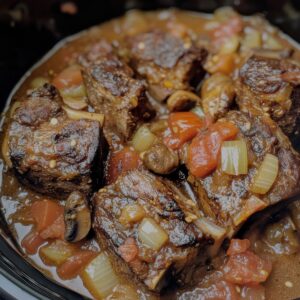
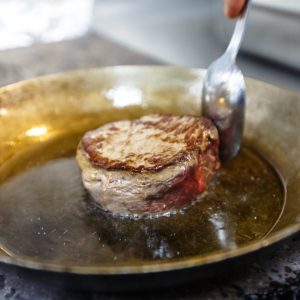
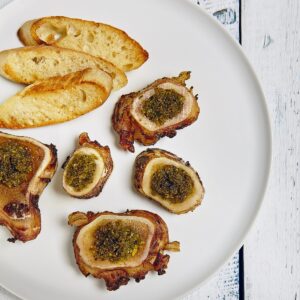


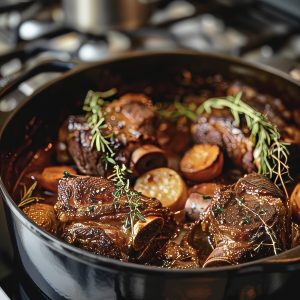


2 Responses
This looks delicious! My hubby makes a mean meatball himself (the best in the world, but I may be slightly biased).
I am from South Africa. We actually call them ‘frikadelle.’ ‘Skilpadjies’ are lamb liver wrapped in ‘netvet,’ the membrane that surrounds the kidneys.
Thanks for writing about your food discoveries.
Hi IM, you are welcome and my Danish mom calls them frikadelle.